25+ Serial Killer Documentaries
Here are all the best serial killer documentaries streaming on Netflix, Amazon, Peacock, HBO Max and more.
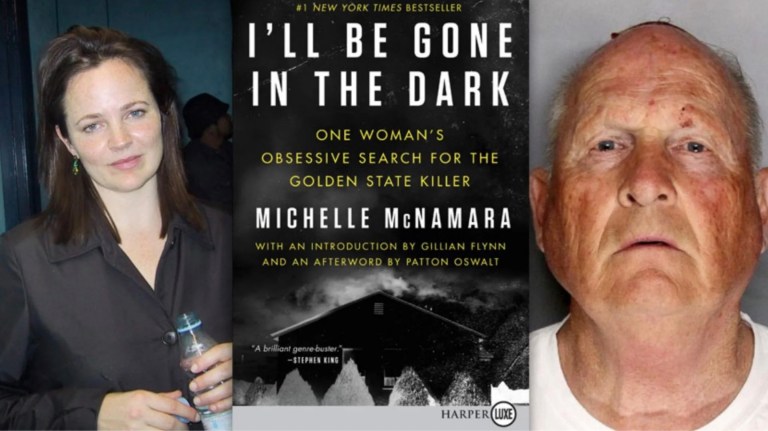
The FBI defines a “serial killer” as someone who kills three or more people in a series of separate incidents. A serial killer is different from a “mass murderer” in that a mass murderer kills several people at once, almost always with a gun. According to estimates, there are anywhere from 25 to 50 serial killers prowling the USA at any given time.
As disturbing as the idea of mass murder is, people are more likely to comprehend that someone can finally snap in a single blaze of violence. It’s likely that most people have felt pushed toward that brink. But serial killers seem much more unsettling due to the fact that they do it again and again and again almost as if they are addicted to murder. Whereas the public can understand mass murder when it happens in war, or even contract murder when it involves money, they can’t quite comprehend the mind of someone so utterly alienated and remorseless that they kill one person after the next without feeling anything other than satisfaction—assuming they’re able to feel anything at all.
Serial killer documentaries attempt to make sense of a behavioral pattern that is beyond most normal people’s ability to rationalize and justify. Using archival footage, interviews with forensic psychologists and homicide investigators, and tracing life stories that are almost always ravaged with childhood sexual abuse and violence, these films attempt to piece together and contextualize what sort of damaged person would lash out against and terrorize both innocent victims and society at large.
Best Serial Killer Documentaries
Aileen: Life and Death of a Serial Killer (2003)

Contrary to popular belief, Aileen Wuornos was not the first female killer—many had come before her, but they tended to be either “Angel of Death” nurses who poisoned their patients or “black widows” who poisoned their paramours. Wuornos was a female prostitute in Florida who shot dead and robbed at least seven of her customers from 1989-1990. The fact that she was a prostitute who killed her clients make her unique among all serial killers, especially when prostitutes are usually perceived as the victims of serial killers. Until the day she died, Wuornos claimed that all the killings were done in self-defense against men who’d tried to rape or murder her. In this documentary, Nick Broomfield—who in 1992 had previously documented his attempts to contact Wuornos after her murder convictions—interviews her during her final days before she died from lethal injection. According to Broomfield, “I think this anger developed inside her. And she was working as a prostitute. I think she had a lot of awful encounters on the roads. And I think this anger just spilled out from inside her. And finally exploded. Into incredible violence.” Much of the narrative deals with the legal and ethical dilemmas involved in using capital punishment against someone who clearly is not sane.
H.H. Holmes: America’s First Serial Killer (2004)
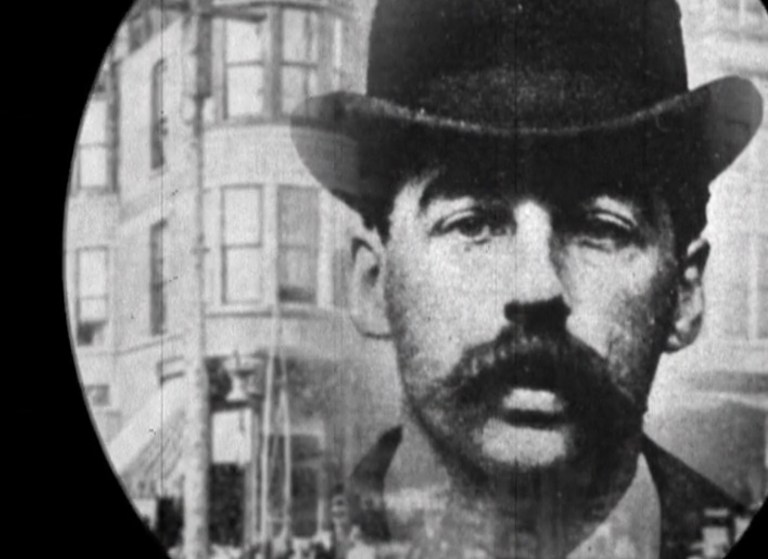
H. H. Holmes, born Herman Webster Mudgett and also known as Dr. Henry Howard Holmes, may or may not have been a serial killer. He was only convicted of one murder—that of his business associate and former partner in crime, Benjamin Pietzel. It is likely that he also killed three of Pietzel’s children and three of his own mistresses. But the press coverage surrounding his arrest for murder in the mid-1890s was so hyperbolic that he became known as the “Torture Doctor.” Rumors spread that he had killed at least 27 people, and possibly hundreds. A legend formed that he would look for victims at the 1893 Chicago World’s Fair and drag them back to his “Murder Castle,” which was rumored to be fitted with trapdoors and several secret torture rooms. Over the years, much of these rumors have proved to be false. This documentary sifts through the difference between the legend and reality.
Albert Fish: In Sin He Found Salvation (2007)
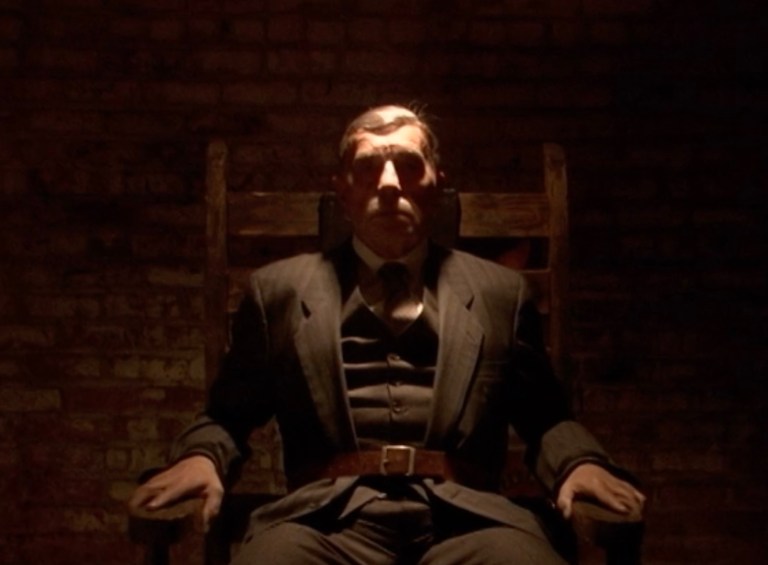
Widely regarded as one of the sickest murderers who ever lived, Albert Fish—AKA the Moon Maniac, The Boogeyman, the Gray Man, the Werewolf of Wysteria, and the Brooklyn Vampire—was convicted of killing three children, suspected of killing at least five more, and once claimed to have dispatched at least 100 young victims. A remorseless sadomasochist who somehow was able to find biblical justifications for his predations, he sometimes cannibalized his victims. He was most notorious, though, for sending letters to the parents of victims taunting them about exactly what he’d done to their children. He died via the electric chair in 1936, but the first jolt didn’t work because an X-ray later revealed that the Fish had implanted dozens of needles in his scrotum, initially causing a short-circuit. DVD Talk called the documentary “A very well made and well directed examination of one of American history’s most unusual and depraved subjects.”
The Family: Inside the Manson Cult (2009)

Few alleged killers have etched themselves so deeply in the American subconscious as Charles Manson—and he’s an “alleged” killer because he did not personally commit any of the numerous Manson Family murders. Instead, the clearly insane but wildly charismatic hippie leader persuaded his rabid followers to carry out the murders, especially the infamous Tate-LaBianca murders that occurred in August 1969 and became an emblem of the deep generational divisions in the country at the time. The Manson Family was also a foreboding that there was something dark about the hippie movement, when previously it had been about peace, love, and flower power. This documentary features several dramatic reenactments and extended interviews with Linda Kasabian, who was present at both the Tate and LaBianca murders but did not kill anyone herself. Kasabian received immunity from prosecutors in exchange for testifying against the “Family.” The documentary also interviews prosecutor Vincent Bugliosi, who once again puts forth the “Helter Skelter” theory that the killings were intended to start a race war, but much of narrative centers around the idea that Manson was chiefly a failed musician who sought vengeance against a record producer who’d rejected him—Terry Melcher, who’d previously occupied the house where Sharon Tate was killed.
Cropsey (2009)
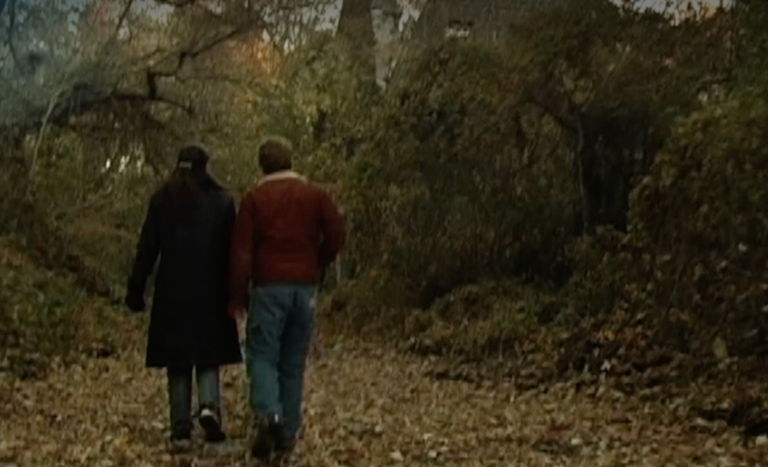
For years in the New York City area, an urban legend circulated about “Cropsey,” a mythical escaped mental patient with a hooked hand who would kidnap children and drag them through through tunnels underneath an abandoned sanitarium on Staten Island. Having been traumatized by these rumors as children, filmmakers Barbara Brancaccio and Joshua Zeman link the urban legend to the sickening real-life case of Andre Rand, a Staten Island-based criminal who was only convicted of kidnapping a girl with Down syndrome but is suspected of killing as many as four children and a mentally impaired man in his early 20s. Cropsey also delves into speculation that Rand was involved in satanic ritual sacrifice. Roger Ebert described the film as “a creepy documentary with all the elements of a horror film about a demented serial killer, and an extra ingredient: This one is real.”
Bayou Blue (2011)
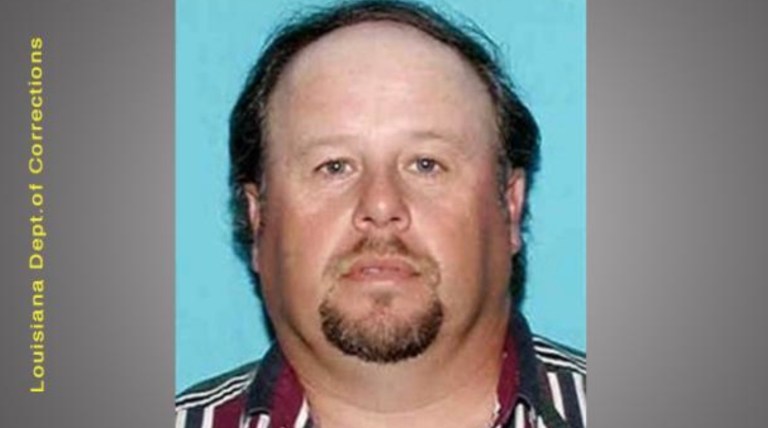
According to the FBI, Ronald Dominique may have committed the longest-lasting spate of serial murders, as well as the highest death toll, of any serial killer in America in the two decades leading up to his apprehension at a Louisiana homeless shelter late in 2006. Dominique met many of his victims in gay bars, where he was known for dressing up in drag as his idol, singer Patti LaBelle. His 23 confirmed victims—most of them black, many of whom were raped before being killed and then dumped in rural woods and bayous around New Orleans—would have ordinarily made his case a huge media event, but the whole story was drowned out by the fact that New Orleans had recently suffered the devastating Hurricane Katrina, which wound up dominating the headlines both internationally and in the New Orleans area.
The Confession Killer (2019)

One-eyed bisexual drifter Henry Lee Lucas gained notoriety in the 1980s when he confessed to over 250 murders—sometimes as many as 600—many of them allegedly committed with his partner Ottis Toole. His claims formed the foundation for the 1986 drama Henry: Portrait of a Serial Killer. But it turned out that many of Lucas’s claimed victims were still alive. Only three murders have been confirmed, and an additional eight are suspected. In this true-crime miniseries, directors Robert Kenner and Taki Oldham unravel the truth and the lies in Lucas’s testimony as well as the unsettling notion that the lure of media attention and notoriety may drive some people to confessing to more murders than they’ve actually committed.
Ted Bundy: Falling for a Killer (2020)

The stereotypical serial killer is an unattractive, repugnant incel who lashes out at his victims due to his inability to find success or favor in society. Ted Bundy is an anomaly in that he was universally considered to be charming, intelligent, and attractive. So what drove him to murder at least 20 women in six different states from 1974-1978? Falling for a Killer relies on the testimony of Bundy’s longtime girlfriend Elizabeth Kendall and her daughter Molly, who recall their time with Bundy and explain what made him so appealing to women. Decider magazine wrote, “True-crime obsessives, take note. Falling for a Killer may have a soap-operatic title, but so far, it promises to be a refreshing iteration of the Ted Bundy saga.”
I’ll Be Gone in the Dark (2020)

Michelle McNamara was the wife of comedian Patton Oswalt until she abruptly died in her sleep in 2016 at the age of 46. For years she’d diligently researched a series of unsolved crimes, including at least 13 murders, that occurred mostly in central California between 1974 and 1986. McNamara was the only person who linked all the crimes to the same perpetrator, whom she dubbed the “Golden State Killer.” Before her untimely death, McNamara had published a true-crime novel called The Golden State Killer revealing her findings. After her death, investigators were able to build upon her research and eventually nab Joseph James DeAngelo, Jr., a former police officer, for the murders. This true-crime documentary series traces the history of McNamara’s stellar detective work—which turned out to be more effective than the work of actual police detectives. Upon DeAngelo’s arrest, Patton Oswalt wrote on Instagram, “You did it, Michelle. Even though the cops are never going to say it, but your book helped get this thing closed.”
Night Stalker: The Hunt For a Serial Killer (2021)

Amidst the “Satanic Panic” of the mid-1980s, Richard “The Night Stalker” Ramirez became America’s ultimate villain—he was a long-haired heavy metal fan and avowed Satanist who killed at least 13 people during nighttime burglaries in the LA area that also often involved rape and necrophilia. After a composite sketch of the “Night Stalker” was publicized, Ramirez was spotted and attacked by a group of Mexicans in East LA who held him captive until police arrived. After his arrest and conviction, Ramirez revealed that he was inspired to attack at night by the AC/DC song “Night Prowler.” He also became famous for the amount of female fans suffering from “hybristophilia”—a mental disorder where women are sexually attracted to men who’ve done terrible things—who gave him their undying devotion.
John Wayne Gacy: Devil in Disguise (2021)

Until his body count was eclipsed by the Green River Killer, Chicago-based contractor John Wayne Gacy held the dubious honor of being the nation’s most prolific serial killer, with 33 confirmed victims. Gacy led a double life—he was a successful businessman involved in community affairs who often performed at children’s parties as “Pogo the Clown.” But he was also a psychopathic closeted homosexual who killed exclusively men and boys, often after raping them. Peacock’s Devil in Disguise features several candid prison interviews with the remorseless killer. The Chicago Sun-Times wrote, “Whether you’re well-versed in the Gacy story and are old enough to remember how it played out in horrific fashion over the years, or the case is barely familiar to you, Devil in Disguise stands as the definitive history.”
Memories of a Murderer: The Nilsen Tapes (2021)
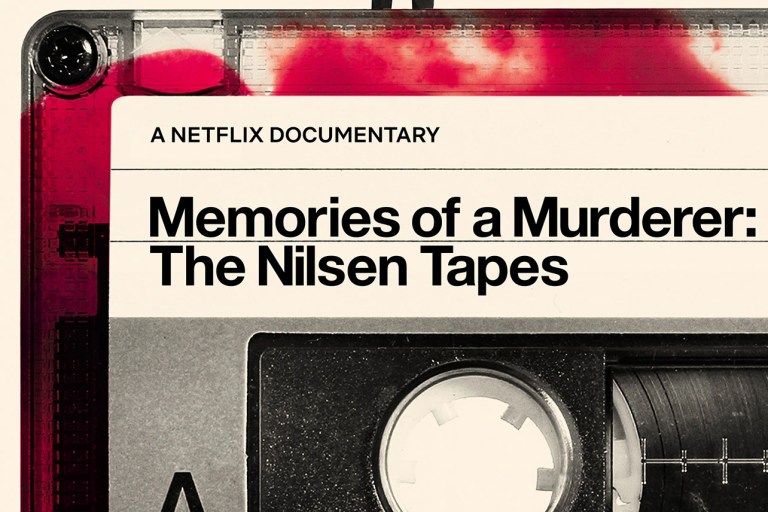
Dennis Nilsen, AKA “The Monochrome Man” and “The British Jeffrey Dahmer,” was a gay man who preyed upon teenage runaways and strangers he met at gay bars during the 1980s. He’d take them home, drug them, and murder them. He claims to have masturbated over the corpse of at least one victim and also would do bizarre things such as clean and powder the cadaver. When asked why he would indulge in something something as sick as necrophilia, Nilsen reportedly replied that it was much worse to kill them, because necrophilia happens after the victim is already dead and is no longer capable of suffering. Memories of a Murderer is built around the more than 250 hours of audiotapes that Nilsen recorded in prison as he worked on his autobiography. It was directed by Michael Harte, who also directed Don’t F**k With Cats about the necrophile narcissist Luke Magnotta.
More Serial Killer Documentaries
- Unmasking Jack the Ripper (2005) uses archival footage and reveals heretofore unseen information about the most famous unsolved serial-killing case of all time—the horrific reign of a man who brutally murdered a series of prostitutes in East London in 1888.
- This Is The Zodiac Speaking (2008) is another documentary that focuses on perhaps the second most famous unsolved serial-killing case of all time—the California man who taunted police and the press with cryptic messages in the late 1960s while murdering a string of women. This documentary is told through the testimonies of the people who worked on the case.
- Interview with a Serial Killer (2009) focuses on the lesser-known killer Arthur Shawcross, who murdered 15 women in New York State during the 1980s.
- I Survived BTK (2010) is rare for the genre in that it tells the story through the eyes of a survivor—Charlie Otero, whose family members were killed by Dennis “The BTK Killer” Rader in Kansas.
- The Pig Farm (2011) tells the grisly saga of Robert Pickton, the most prolific serial killer in Canadian history, who murdered at least four dozen women and girls before feeding them to his pigs.
- The Jeffrey Dahmer Files (2012) centers on the year 1991, when the infamous “Milwaukee Cannibal” was finally arrested for his murders and it became a huge international story.
- Tales of the Grim Sleeper (2014) Lonnie Franklin, Jr. killed at least fifteen people, and probably more, in South-Central Los Angeles from 1984 to 2007. He earned the moniker “Grim Sleeper” because he took a fourteen-year hiatus from killing in the midst of all those slayings.
- World’s Most Evil Killers (2017) was an episodic TV series that covered both famous serial killers (Ted Bundy, Jeffrey Dahmer, Richard Ramirez) as well as more obscure ones (William Bonin, Don Miller, Fritz Honka).
- Conversations With A Killer: The Ted Bundy Tapes (2019) uses both archival footage of, and interviews with, the charismatic psychopath who murdered countless women during the mid-1970s.
- BTK: A Killer Among Us (2019) covers the 30-year investigation to find the “Bind, Torture, Kill” murderer who wound up being a very milquetoast family man named Dennis Rader.
- The Shipman Files (2020) Harold Shipman was a British doctor who murdered dozens—and possibly as many as 250—of his female patients by purposely injecting them with overdoses of morphine.
- The Ripper (2020) covers the grisly saga of Peter “The Yorkshire Ripper” Sutcliffe, who preyed on female sex workers and brutalized them—killing one with repeated blows to her skull with a hammer—based on the assumption that neither the police nor society cared about protecting prostitutes.
- The Sons of Sam: A Descent Into Darkness (2021) centers around the research of Maury Terry, who insists that David “Son of Sam” Berkowitz did not act alone and was in fact the patsy of a satanic murder cult.
- Conversations With A Killer: The John Wayne Gacy Tapes (2022) features actual video interviews with the “Killer Clown,” seemingly an ordinary Chicago businessman who was convicted of murdering 33 men and boys, stuffing many of them in the crawlspace underneath his house.
